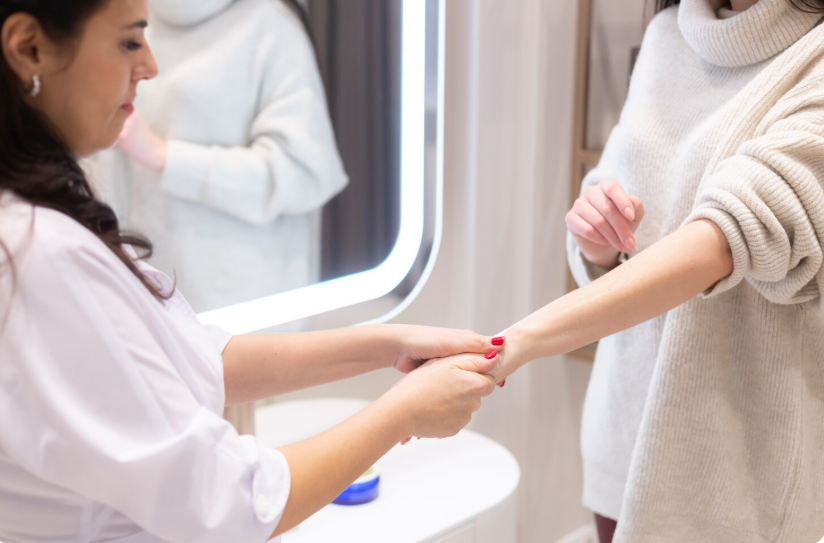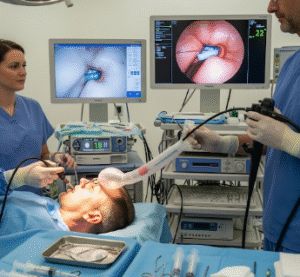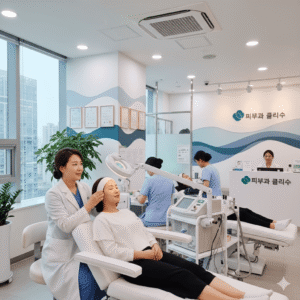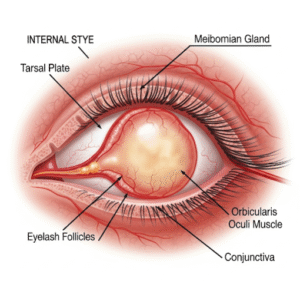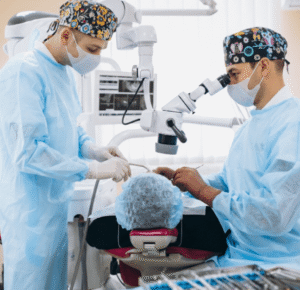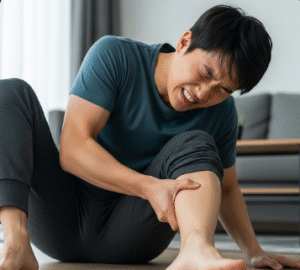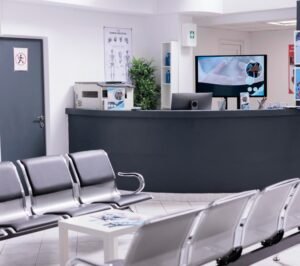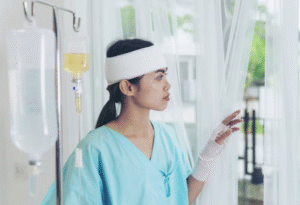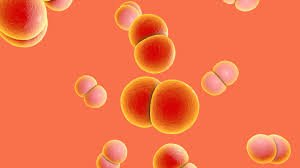What It Is
Complex wound coverage refers to advanced surgical and medical techniques used to treat wounds that cannot heal on their own. These wounds may involve significant tissue loss, exposure of bone, tendon, or vital structures, or may occur after trauma, cancer surgery, burns, or chronic medical conditions.
In Korea, complex wound coverage is provided in specialized plastic surgery, reconstructive surgery, and burn centers, where modern surgical approaches are combined with advanced wound care technology to restore both function and appearance.
Why It’s Done
Patients may require complex wound coverage for several reasons:
- Traumatic injuries: Severe accidents causing deep tissue loss.
- Burns: Large or full-thickness burns that cannot heal naturally.
- Cancer surgery: Defects left after tumor removal.
- Chronic wounds: Diabetic ulcers, pressure sores, or vascular ulcers.
- Infection or necrosis: When tissue damage requires excision and reconstruction.
The goal is not only to close the wound but also to restore mobility, prevent infection, and improve quality of life.
Alternatives
Alternatives or adjuncts to surgical wound coverage include:
- Negative pressure wound therapy (NPWT): A vacuum device to promote healing.
- Skin grafting: Transferring thin layers of skin from another part of the body.
- Dermal substitutes: Artificial or bioengineered skin for temporary coverage.
- Hyperbaric oxygen therapy: Improves oxygen supply and healing in chronic wounds.
- Conservative wound care: Dressings, antibiotics, and wound cleaning for smaller or less severe wounds.
For large or complex wounds, surgical coverage is usually required.
Preparation
Before complex wound coverage, patients undergo:
- Comprehensive consultation: Assessment of wound size, depth, and surrounding tissue health.
- Medical evaluation: Blood tests, imaging, and infection screening.
- Nutritional support: Optimizing diet to improve healing capacity.
- Lifestyle changes: Avoiding smoking and alcohol, which impair wound healing.
- Treatment planning: Deciding on grafts, flaps, or advanced reconstructive methods based on wound location and severity.
How It’s Done
The specific procedure depends on the wound, but common techniques include:
- Skin grafts: Thin or full-thickness layers of skin transplanted to cover the wound.
- Local flaps: Nearby skin and tissue rotated or advanced to cover the defect.
- Regional or free flaps: Transferring tissue (skin, fat, muscle) with its blood supply from another body area, sometimes using microsurgery to connect blood vessels.
- Artificial skin or dermal matrices: Used temporarily or in combination with grafts.
- Negative pressure therapy integration: Sometimes used before flap or graft surgery to prepare the wound bed.
Recovery
Recovery depends on wound severity and the chosen technique:
- Hospital stay: Often required for monitoring, especially after flap surgery.
- Initial healing: Swelling, bruising, and discomfort are common for 1–2 weeks.
- Wound care: Daily cleaning, dressing changes, and infection prevention are essential.
- Activity: Restricted movement around the treated area until healing is stable.
- Long-term results: Functional recovery and cosmetic improvement are visible after several weeks to months.
Possible Complications
As with any reconstructive procedure, risks include:
- Infection or bleeding.
- Graft or flap failure due to poor blood supply.
- Delayed wound healing.
- Scar contracture or limited mobility.
- Chronic pain or numbness around the wound site.
- Need for additional revision surgeries in complex cases.
Treatment Options in Korea
Diagnosis
- Multidisciplinary consultation with reconstructive surgeons, wound care specialists, and sometimes vascular or diabetic care teams.
- Imaging and laboratory tests to guide the best surgical plan.
Medical Treatments
- Antibiotics and infection control.
- Advanced wound dressings and negative pressure wound therapy.
- Nutritional and metabolic optimization.
Surgical or Advanced Therapies
- Skin grafts (split-thickness, full-thickness).
- Local, regional, or free flaps for larger or deeper wounds.
- Microsurgical reconstruction with advanced vascular techniques.
- Bioengineered skin substitutes in select cases.
Rehabilitation and Support
- Physiotherapy to restore mobility and prevent stiffness.
- Scar management with silicone, laser therapy, or massage.
- Long-term wound monitoring to prevent recurrence.
- International patient services including translation, hospital support, and remote follow-ups.

